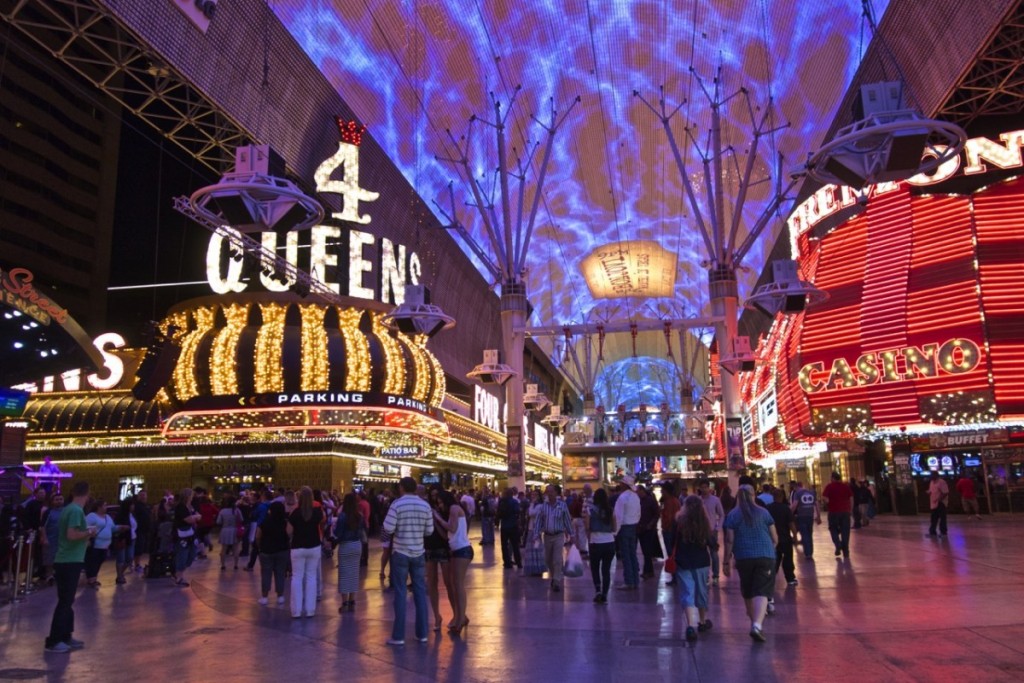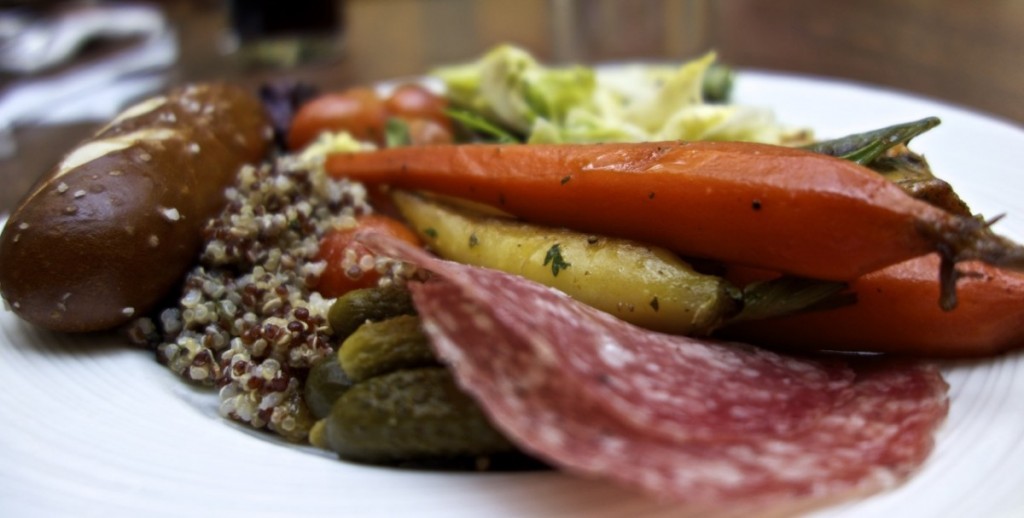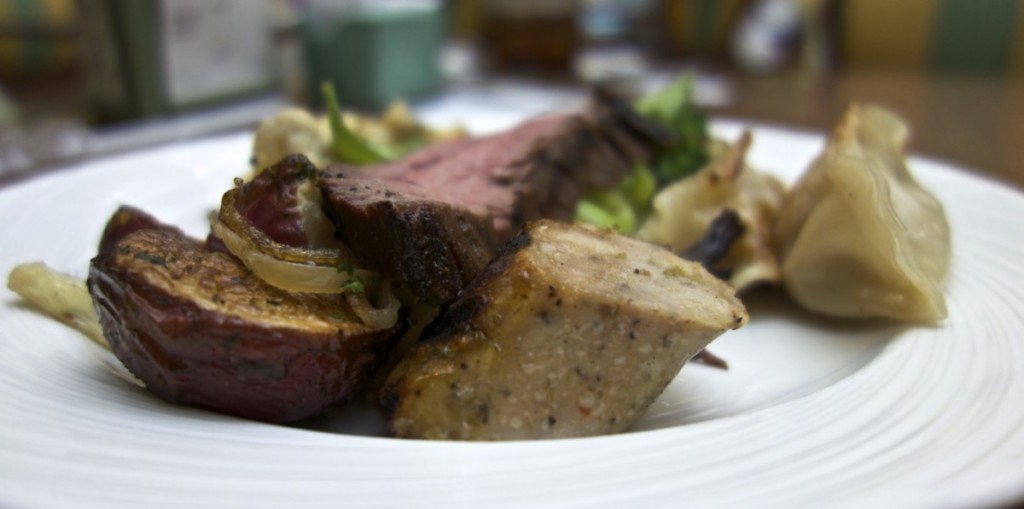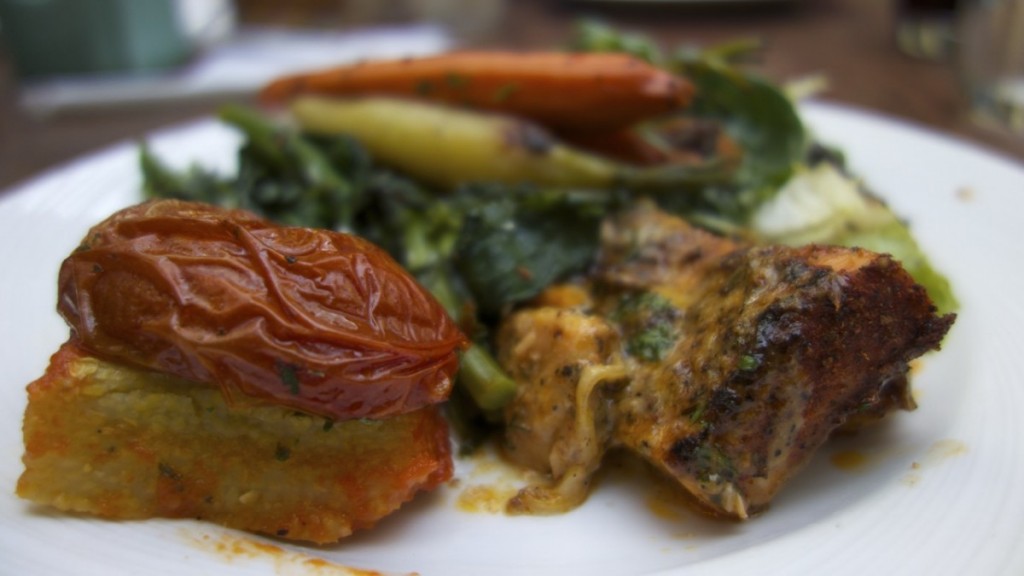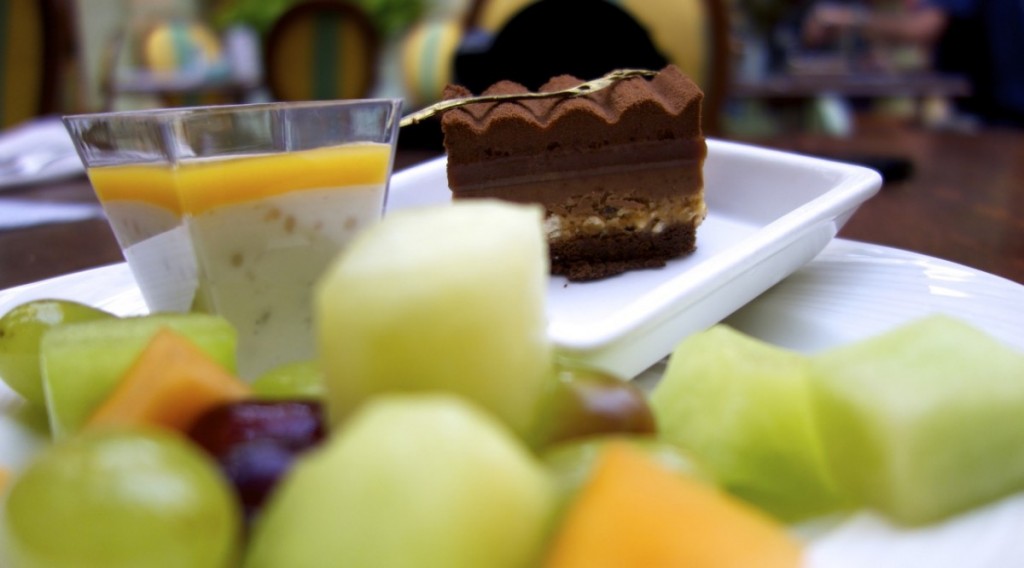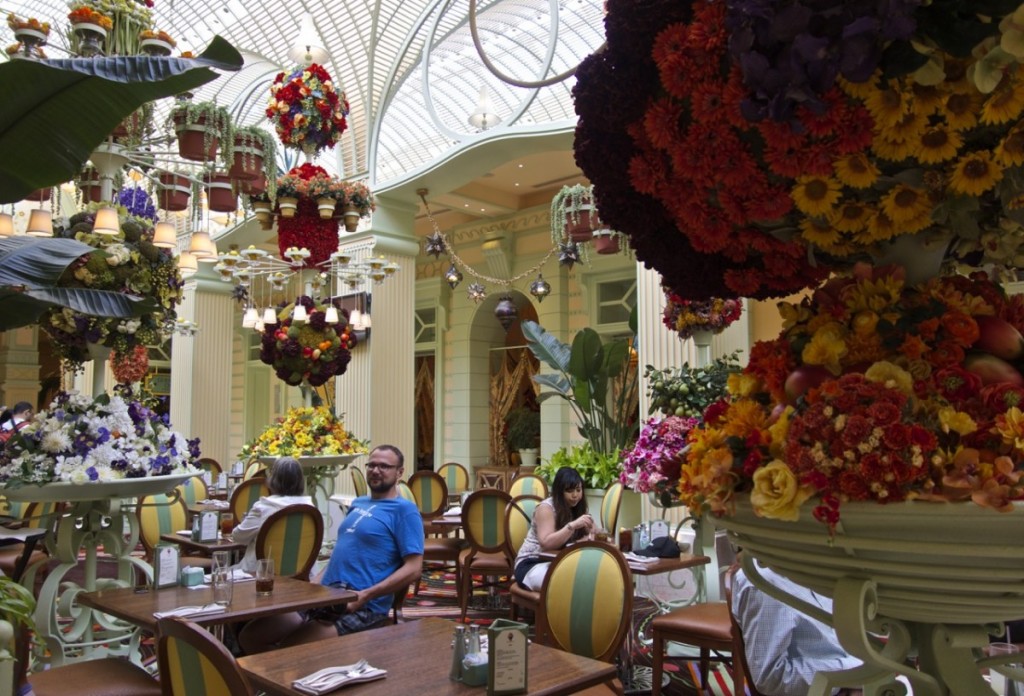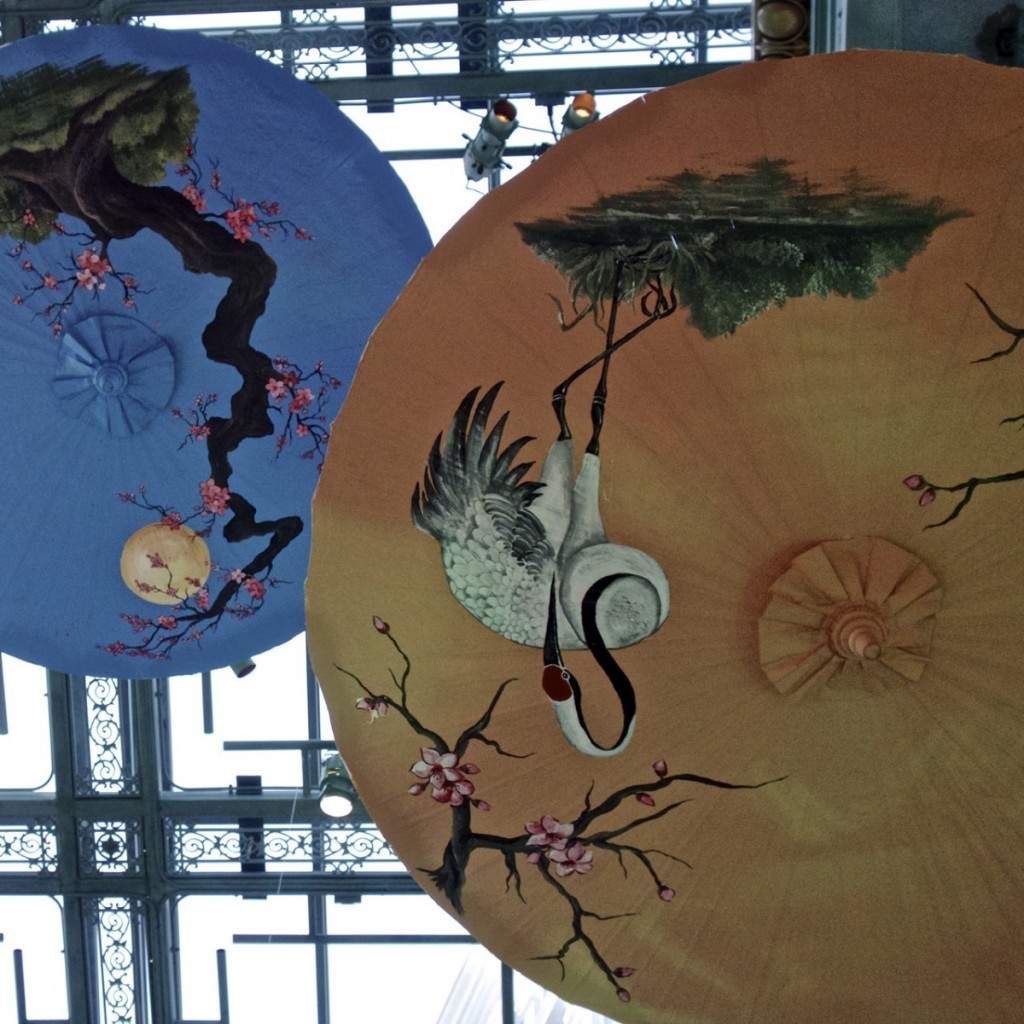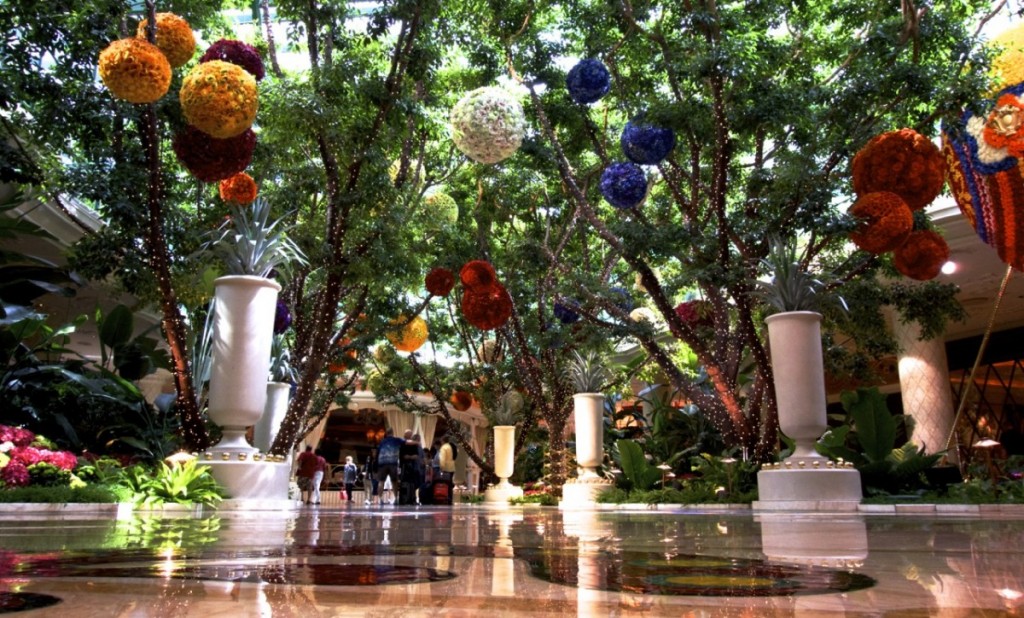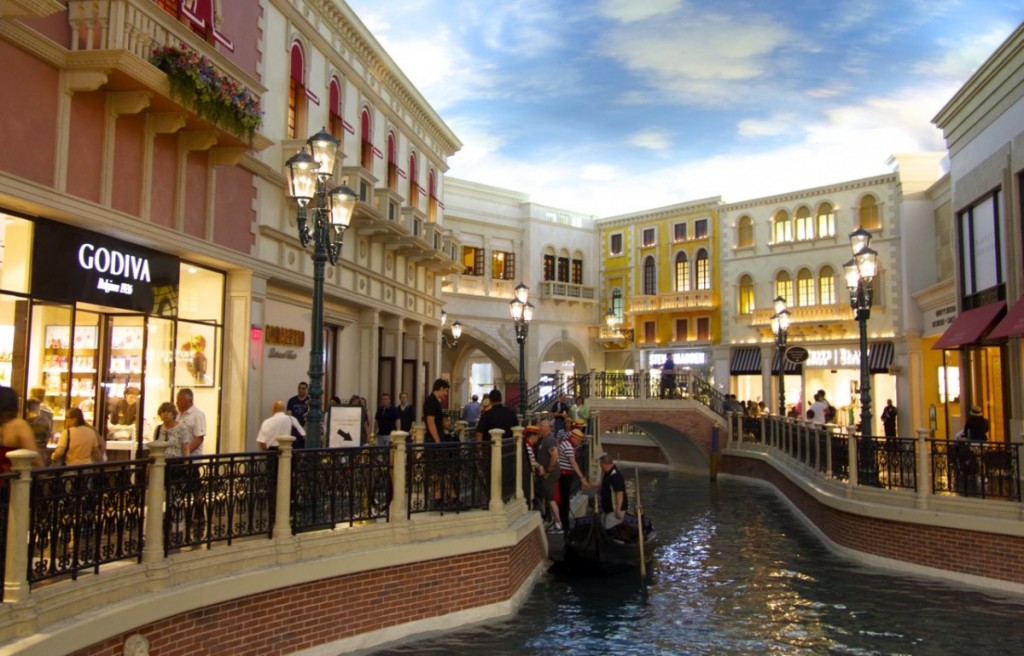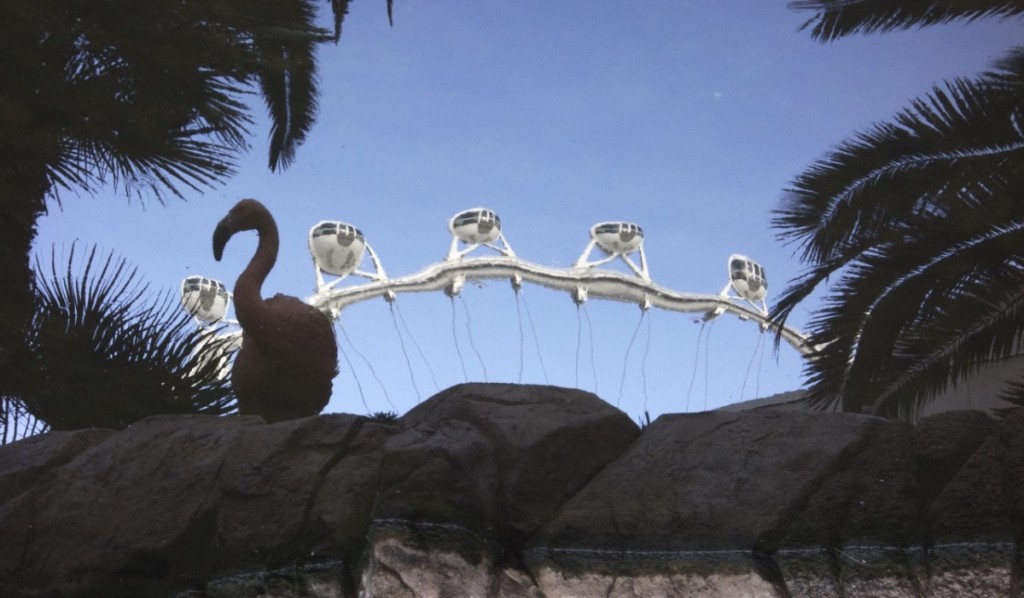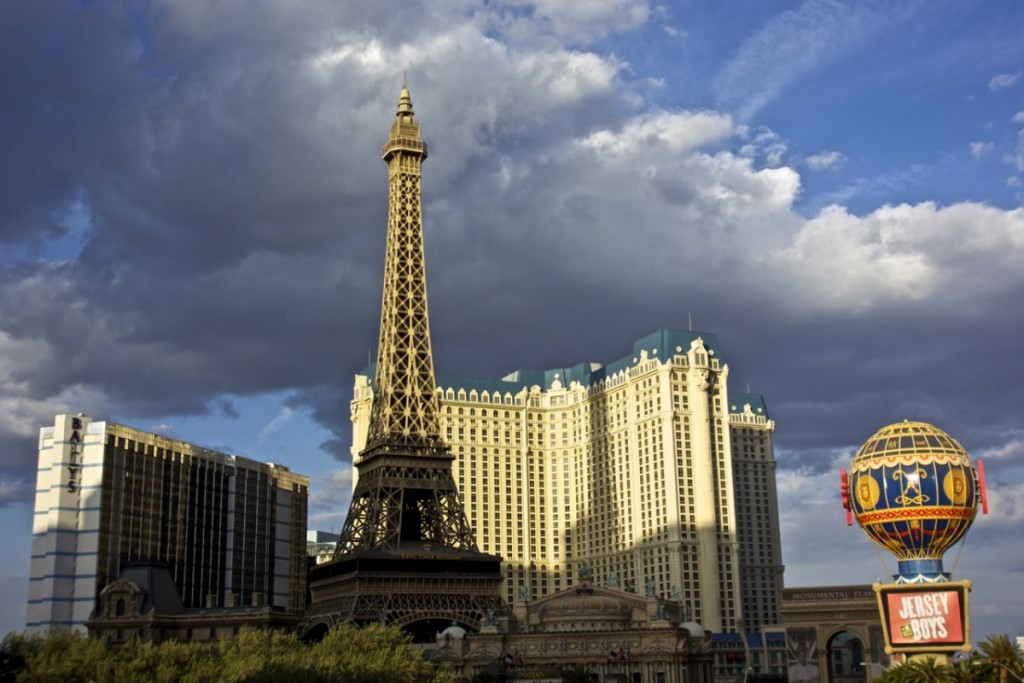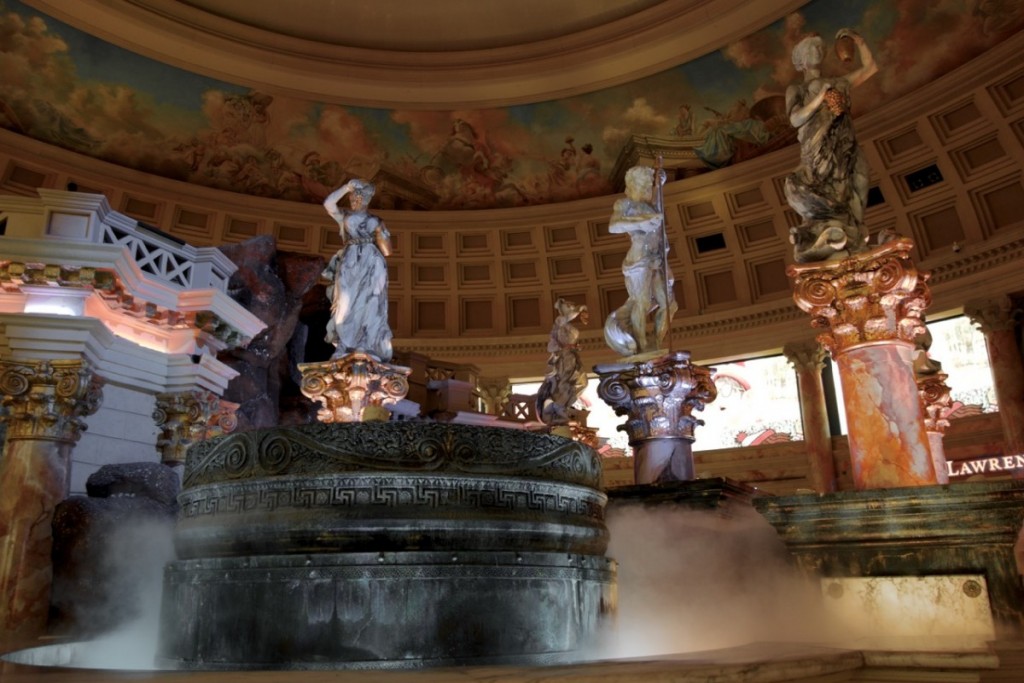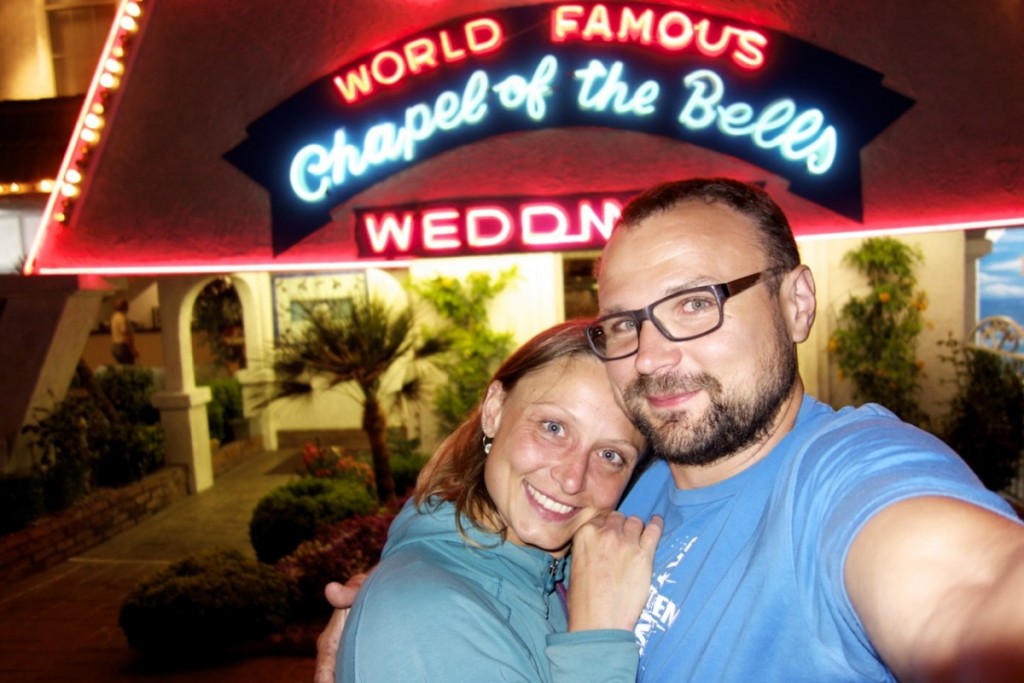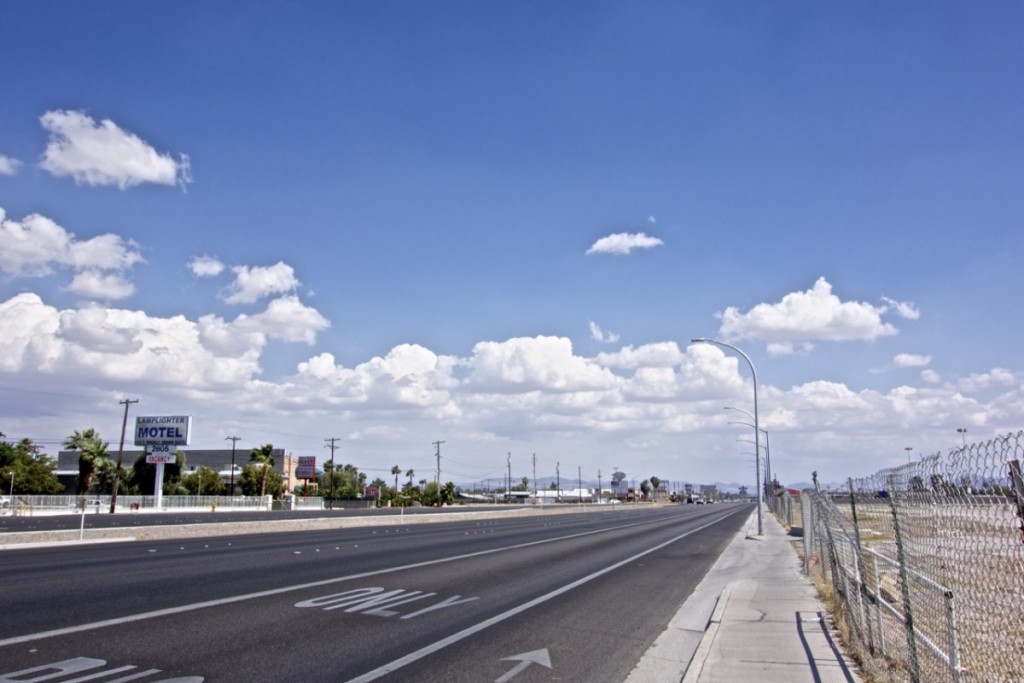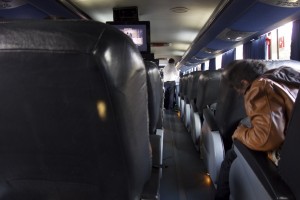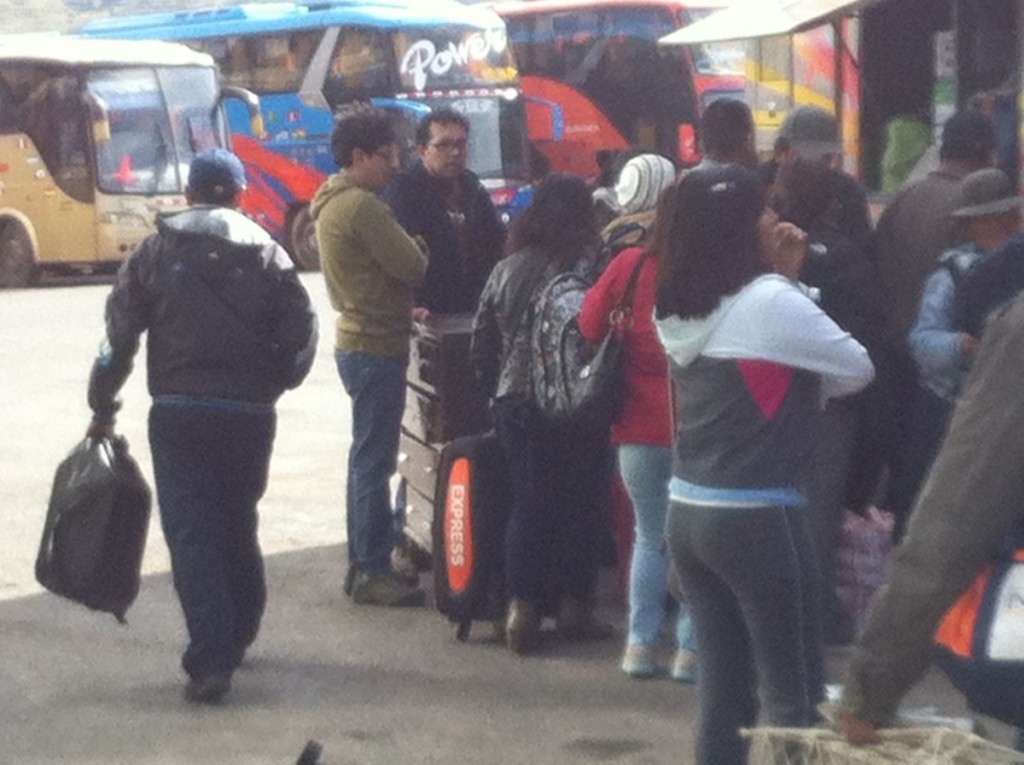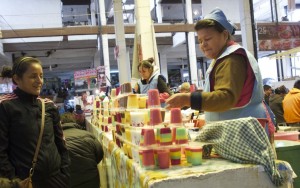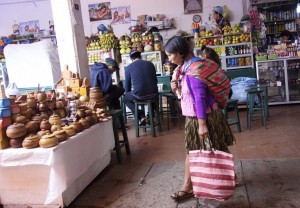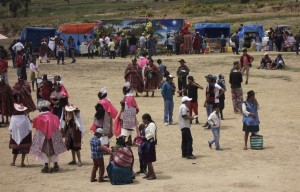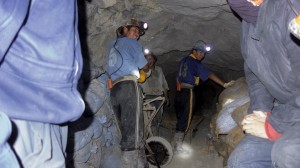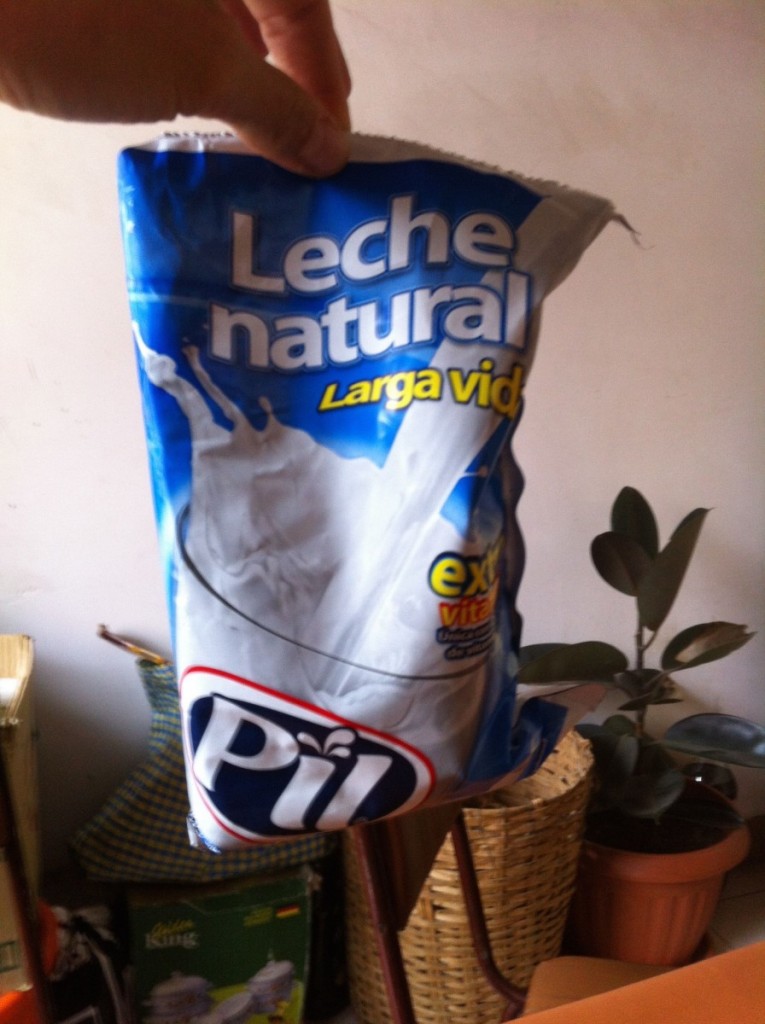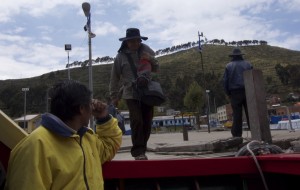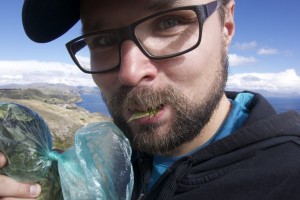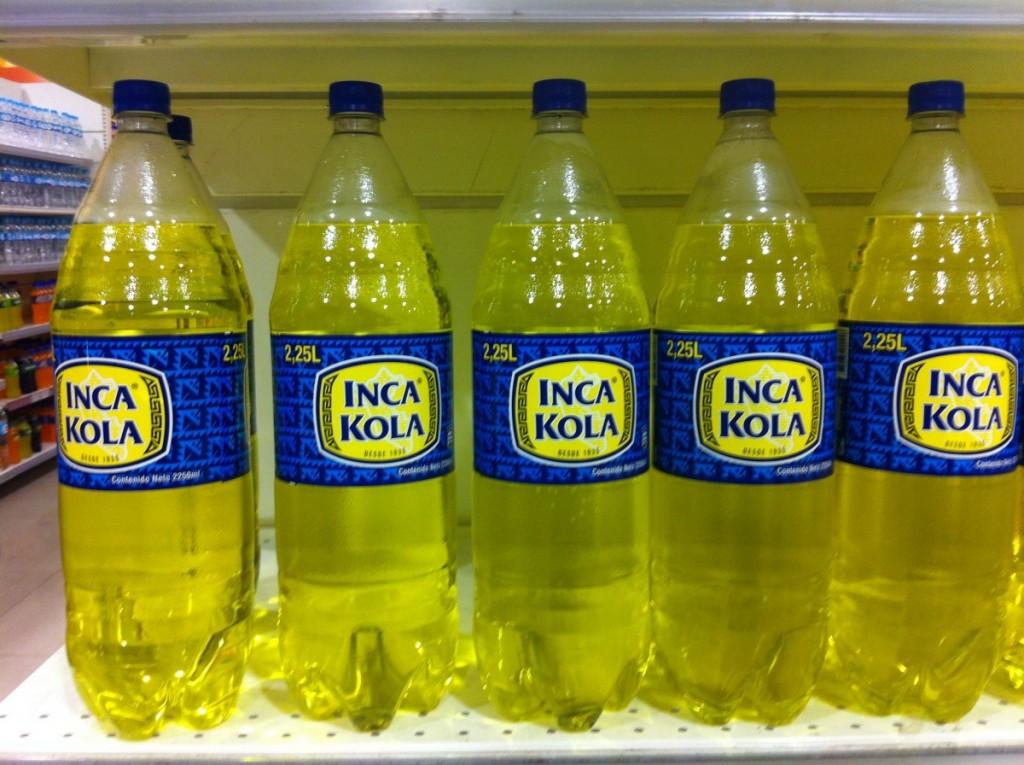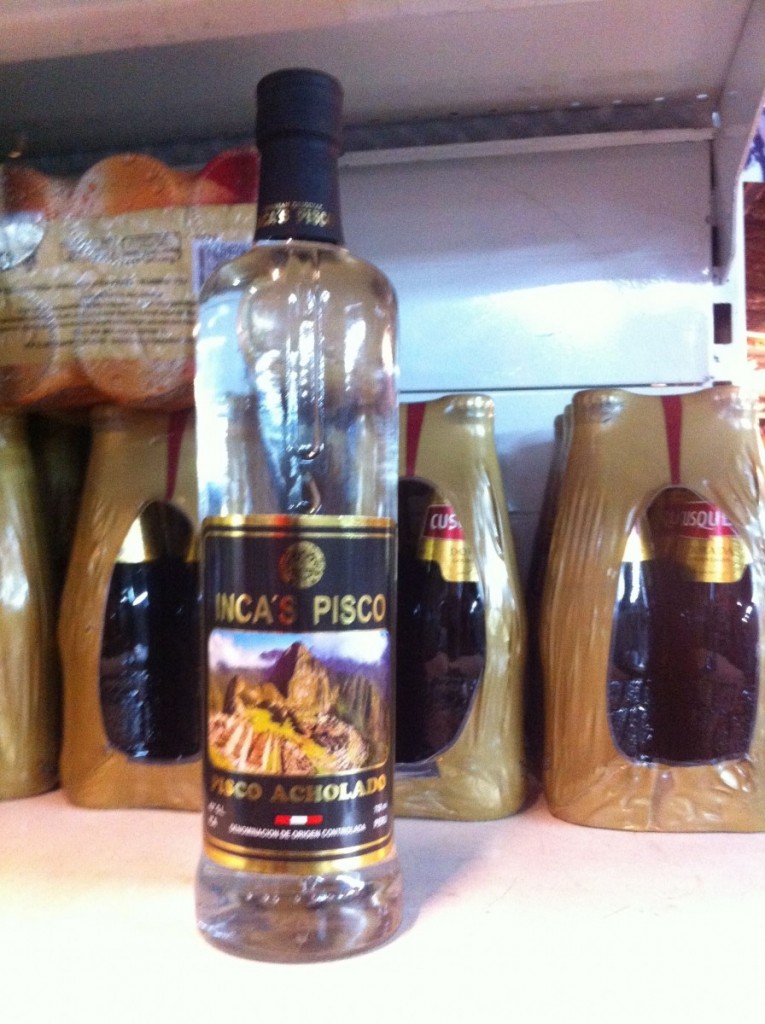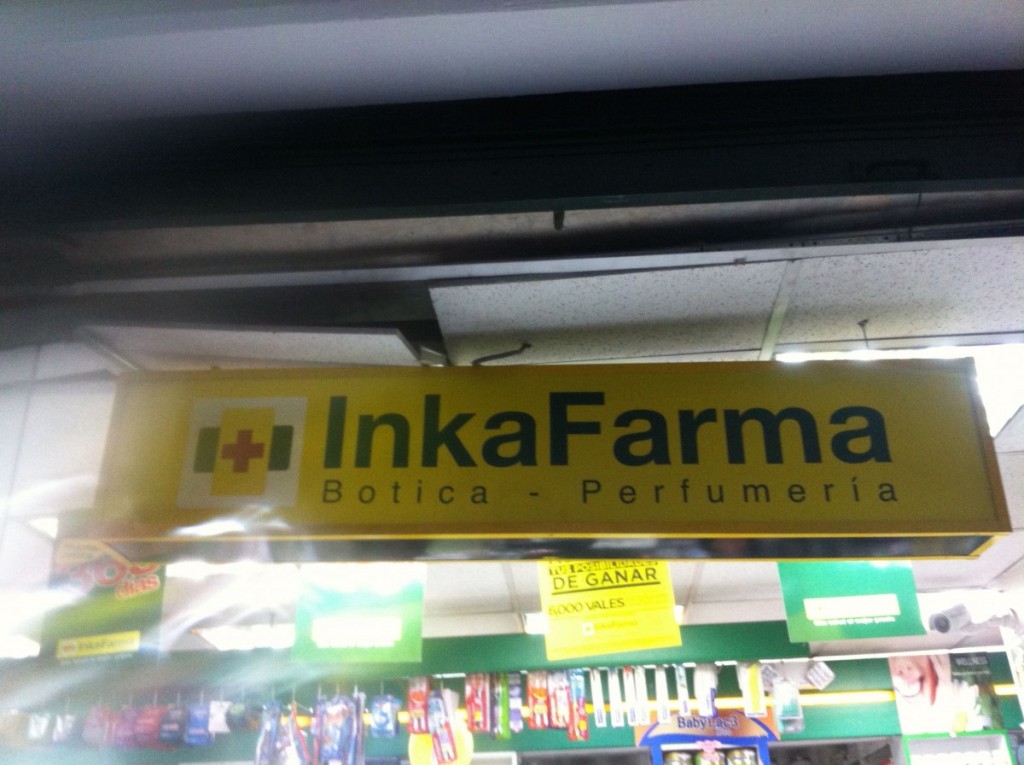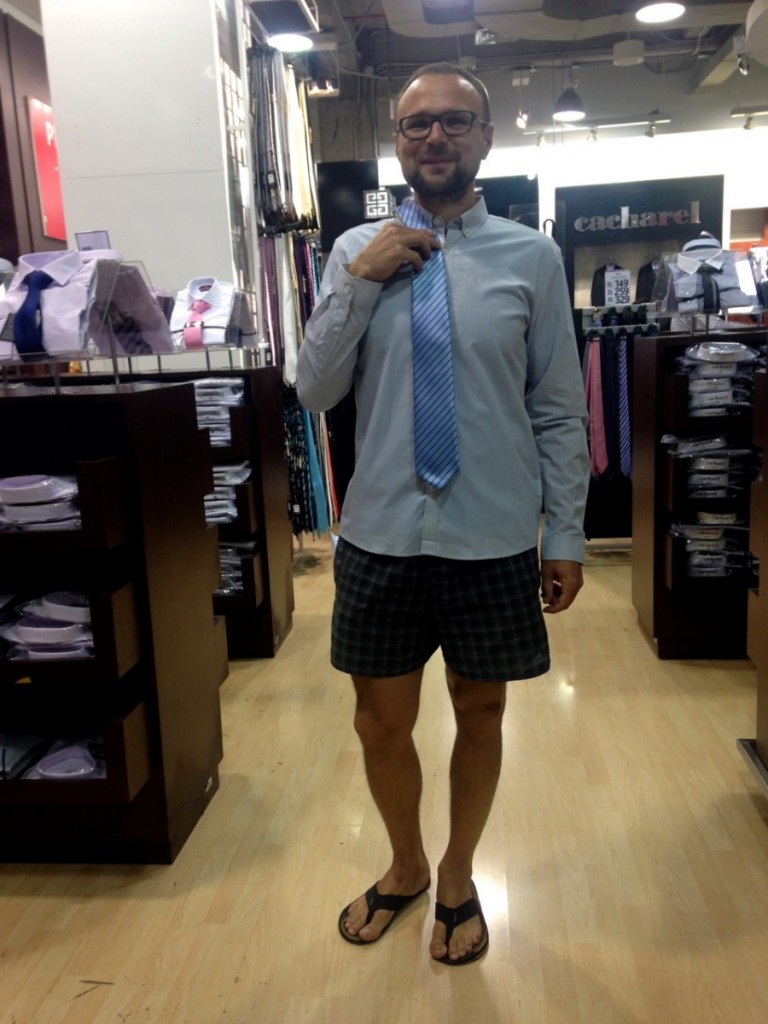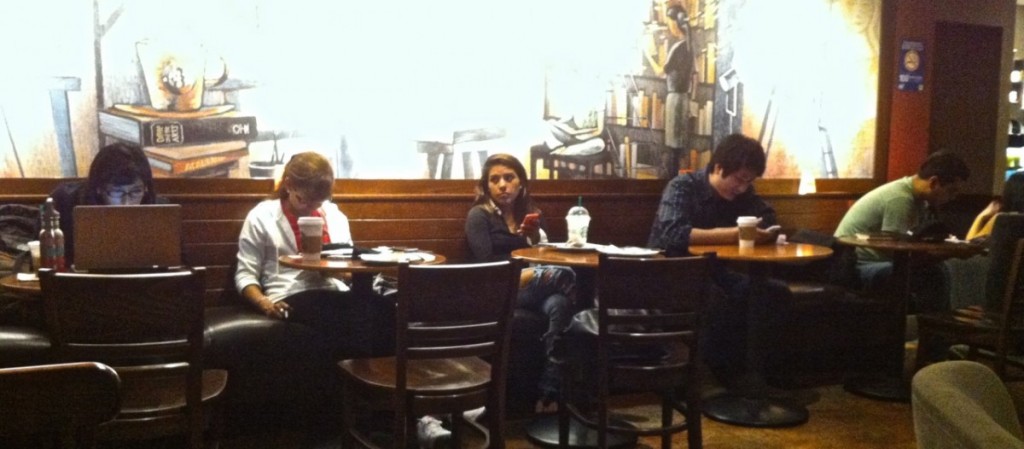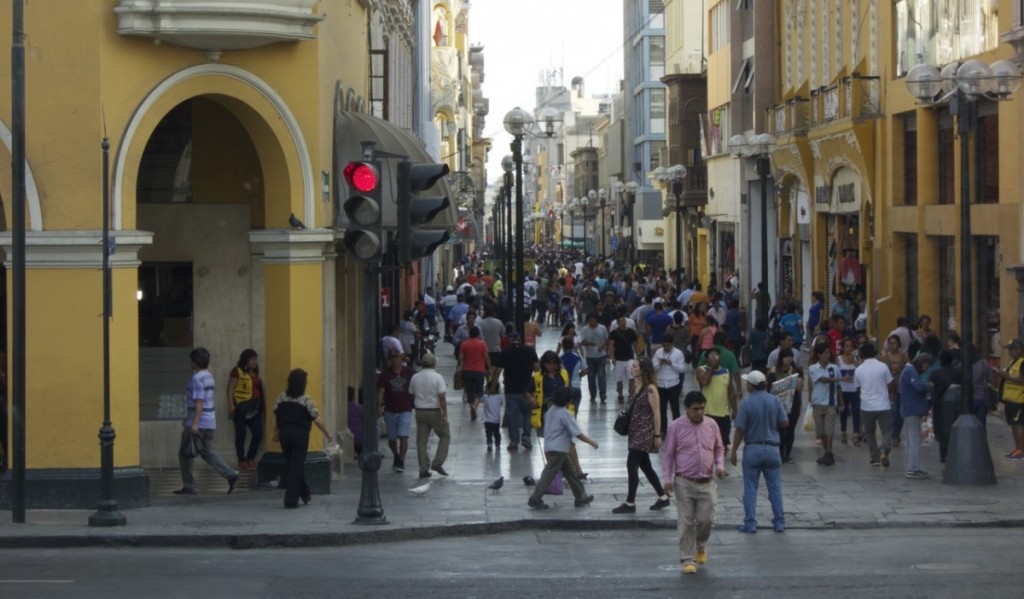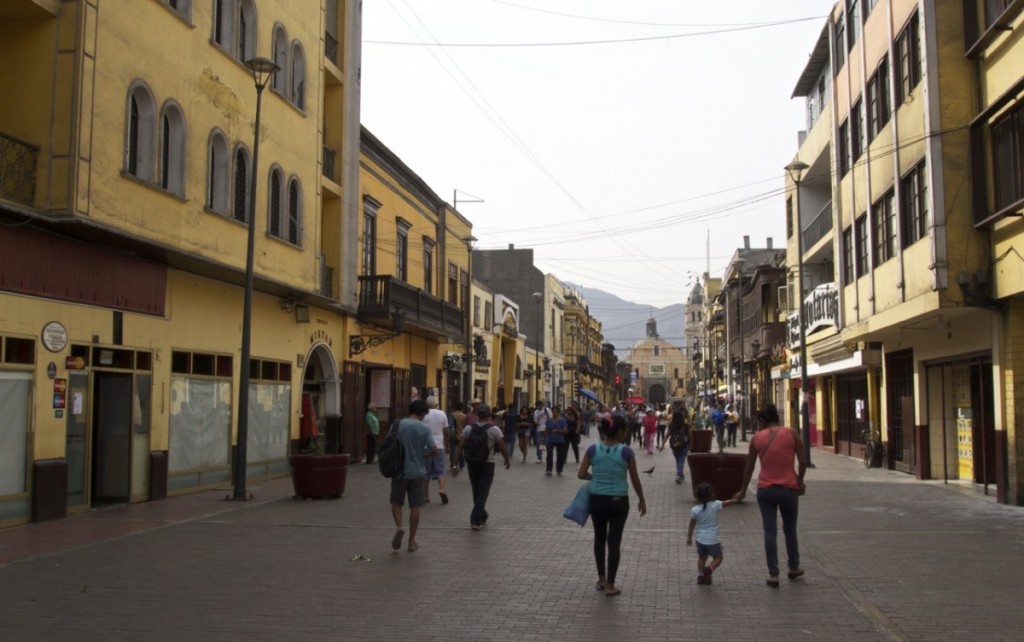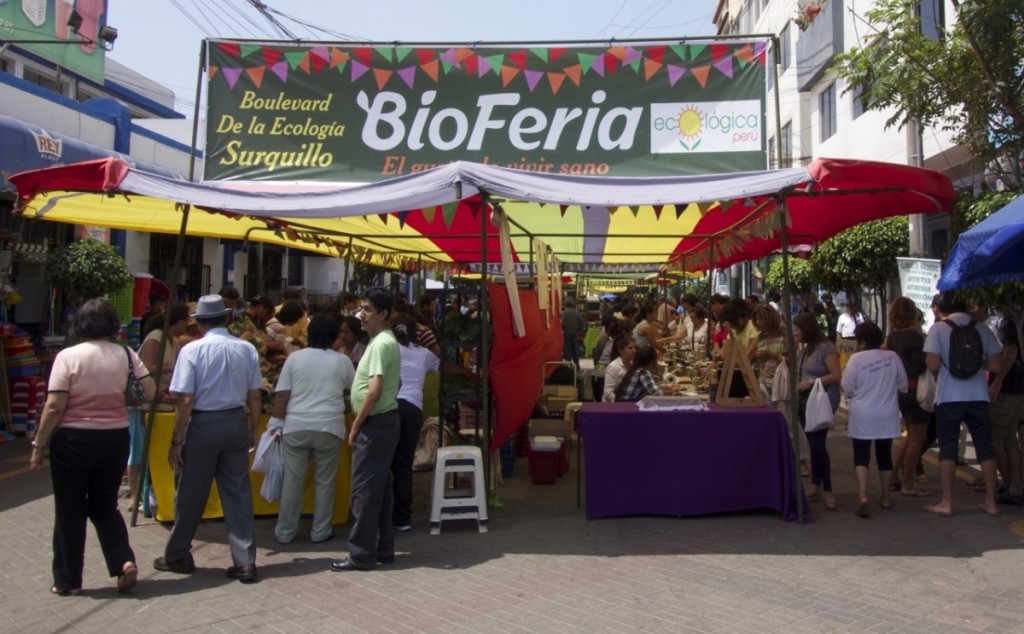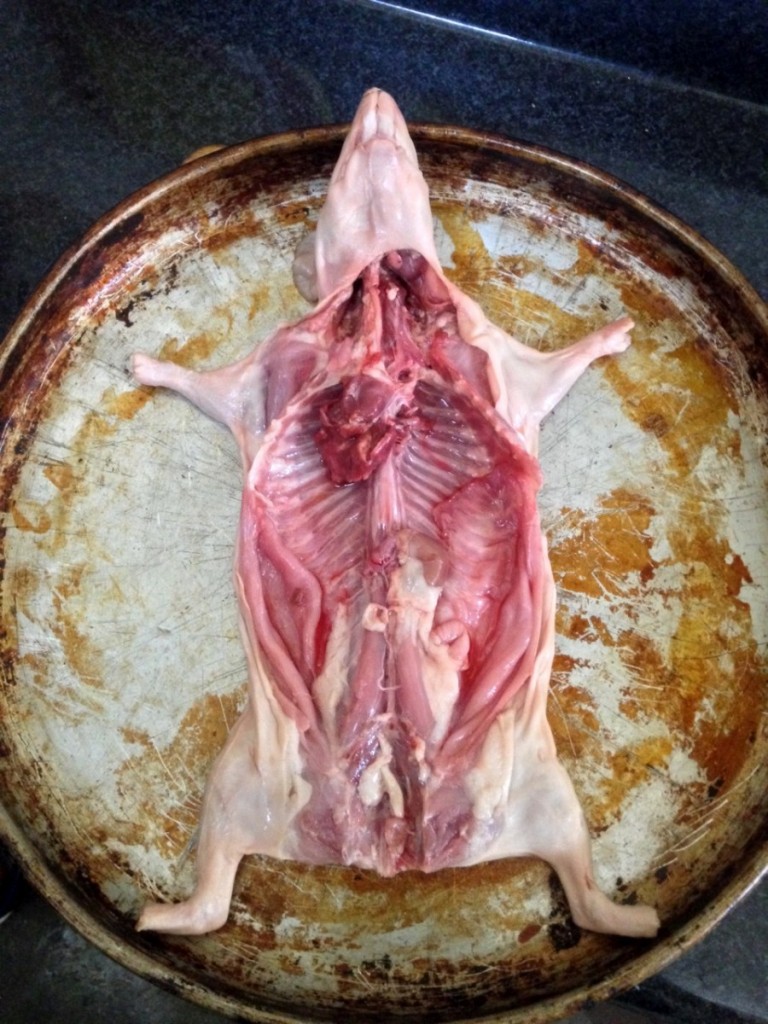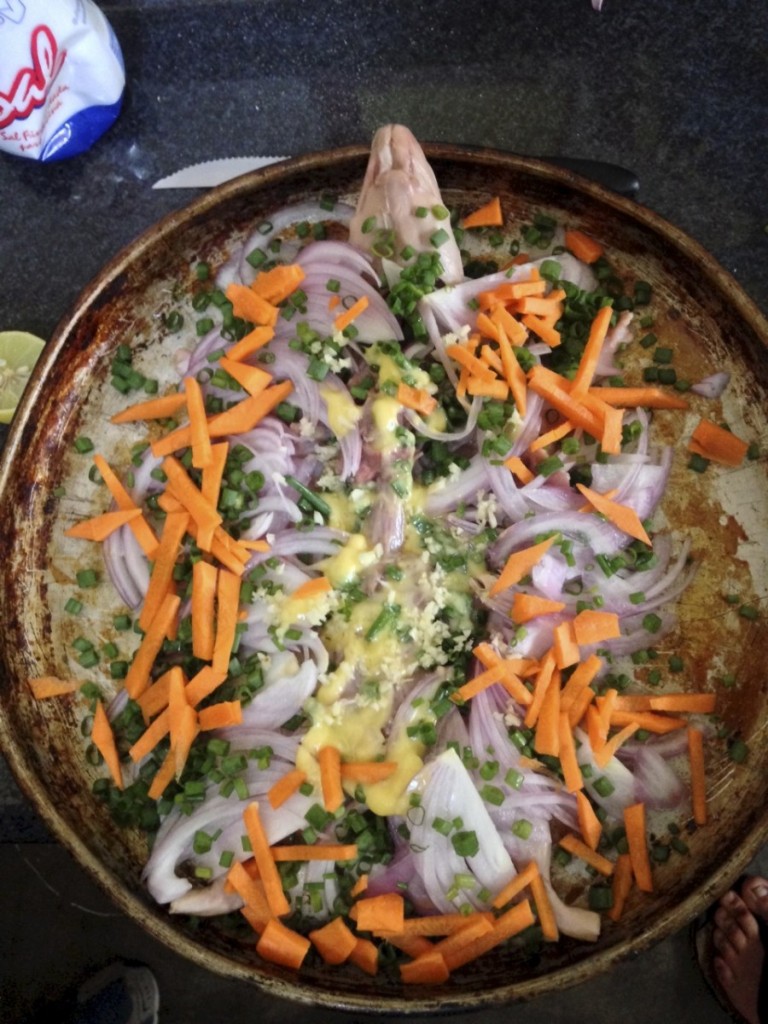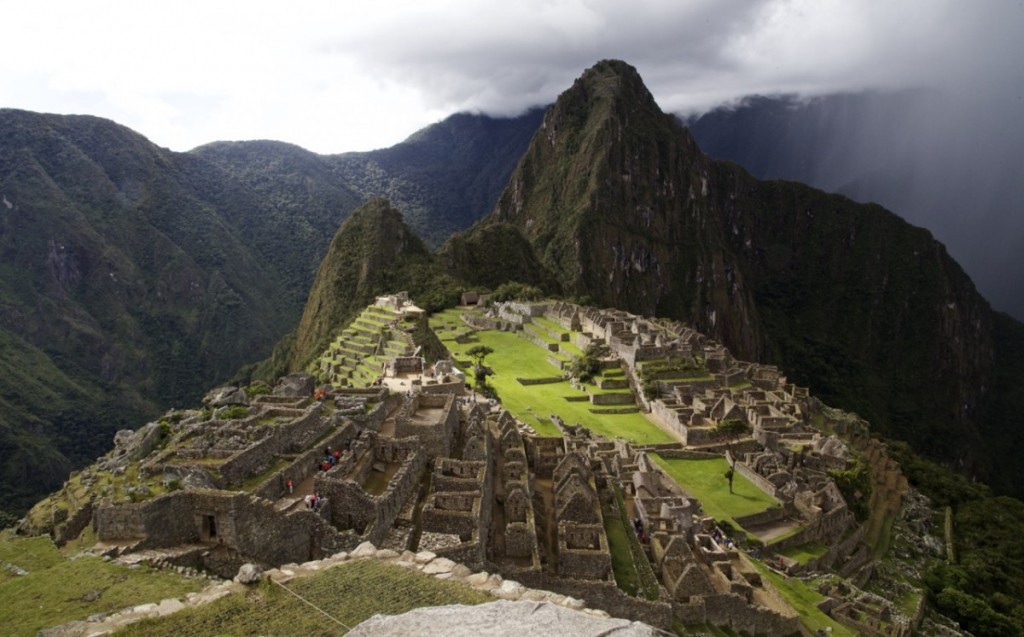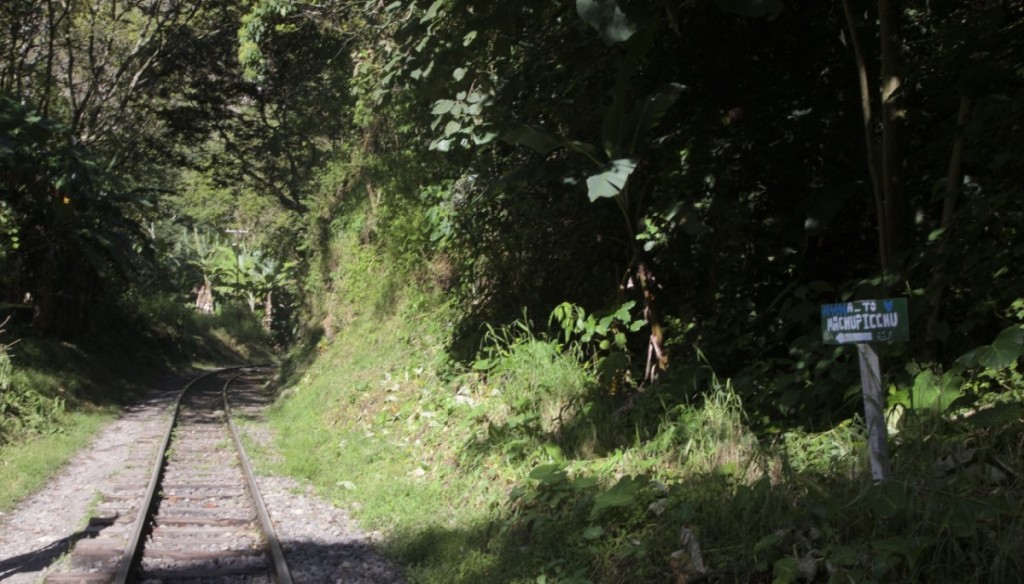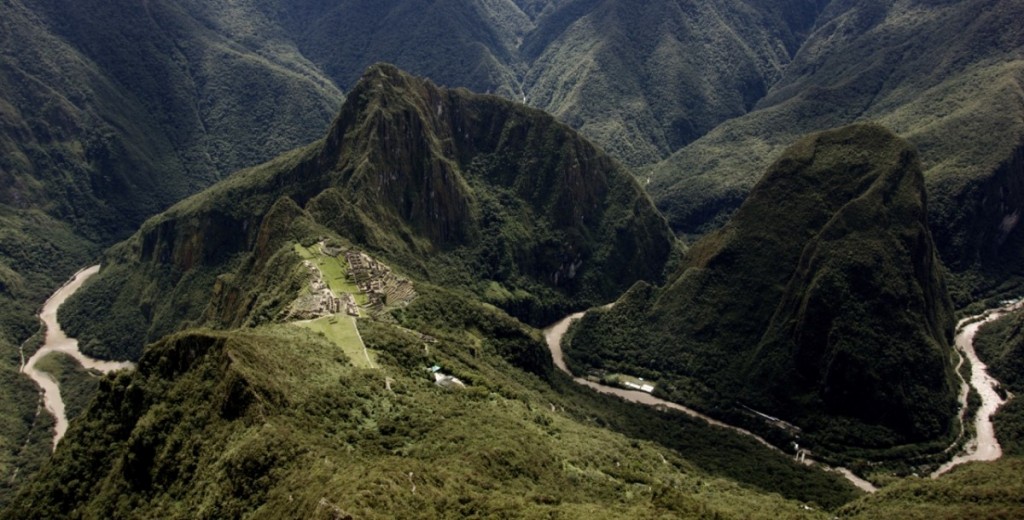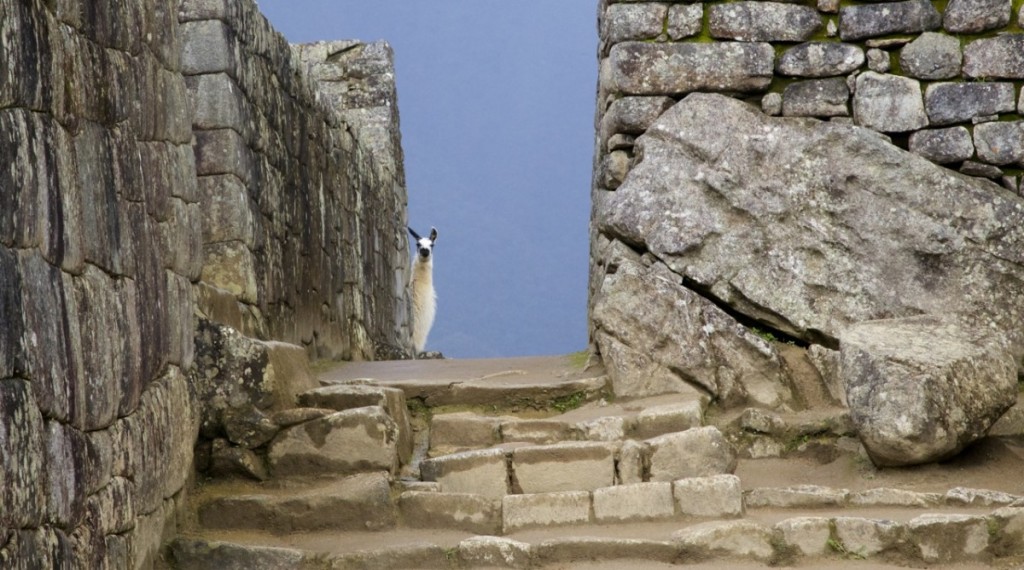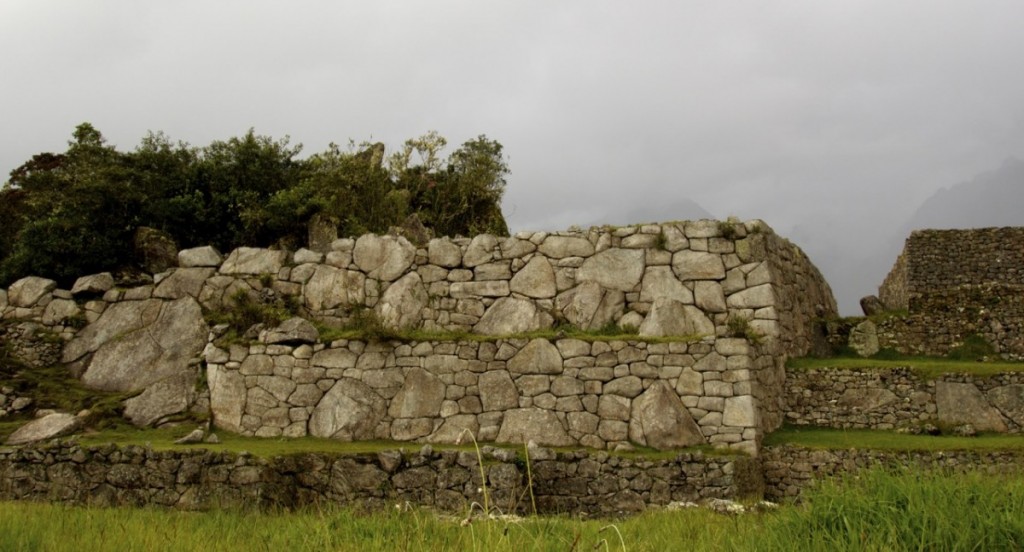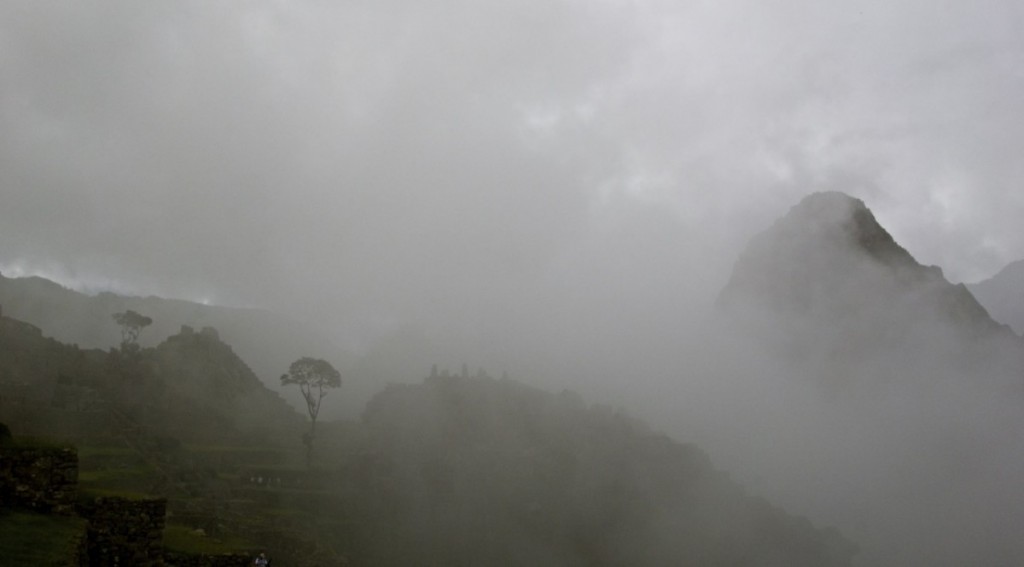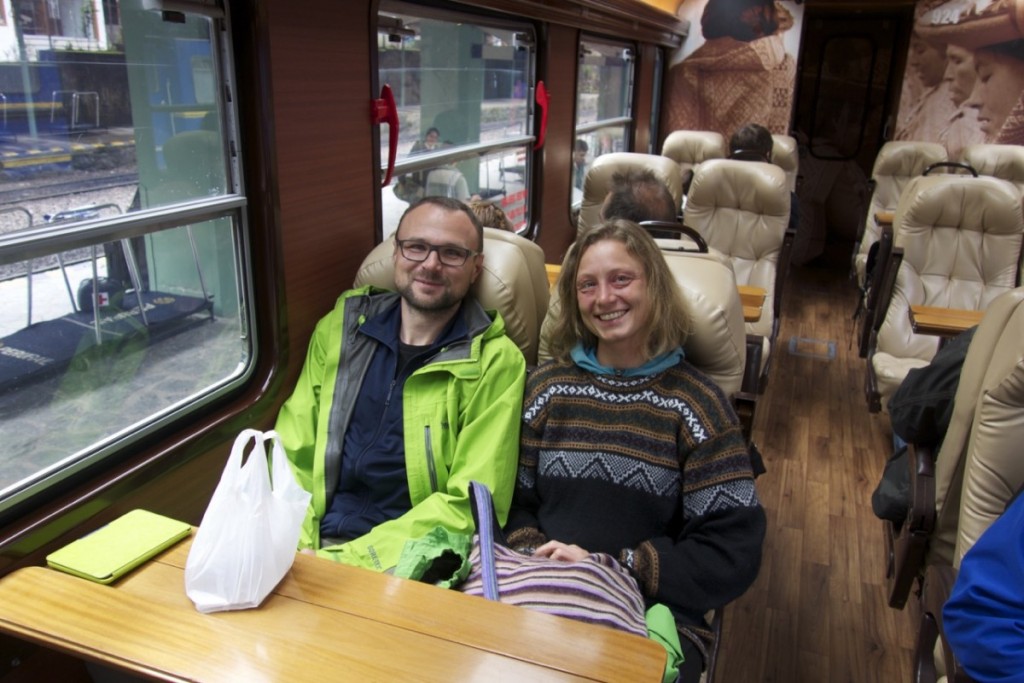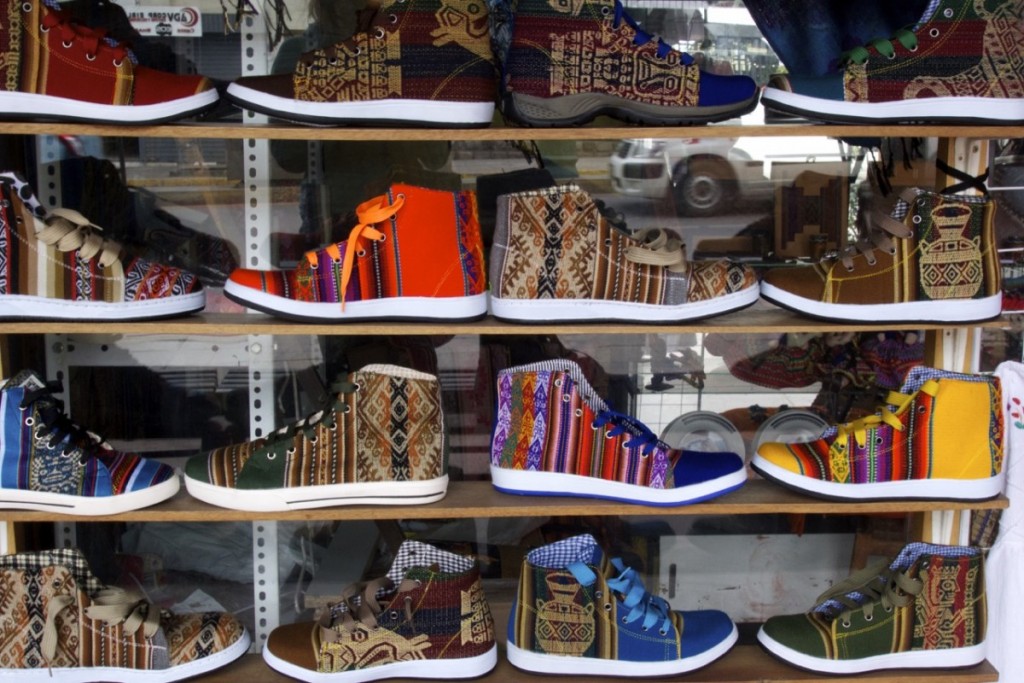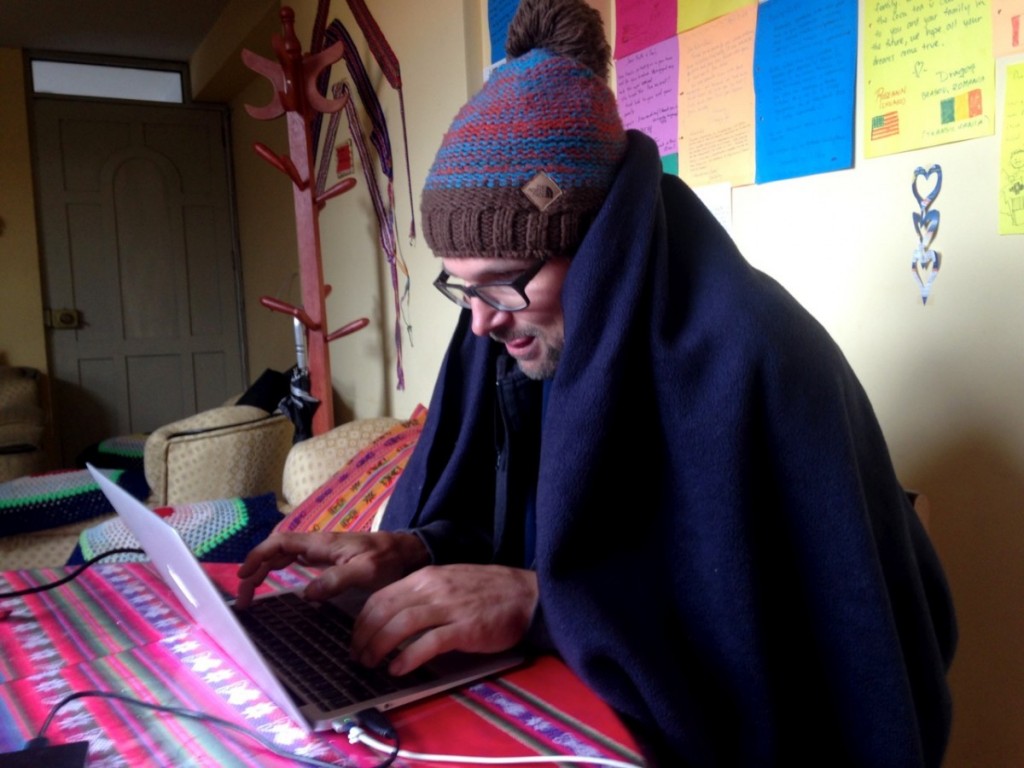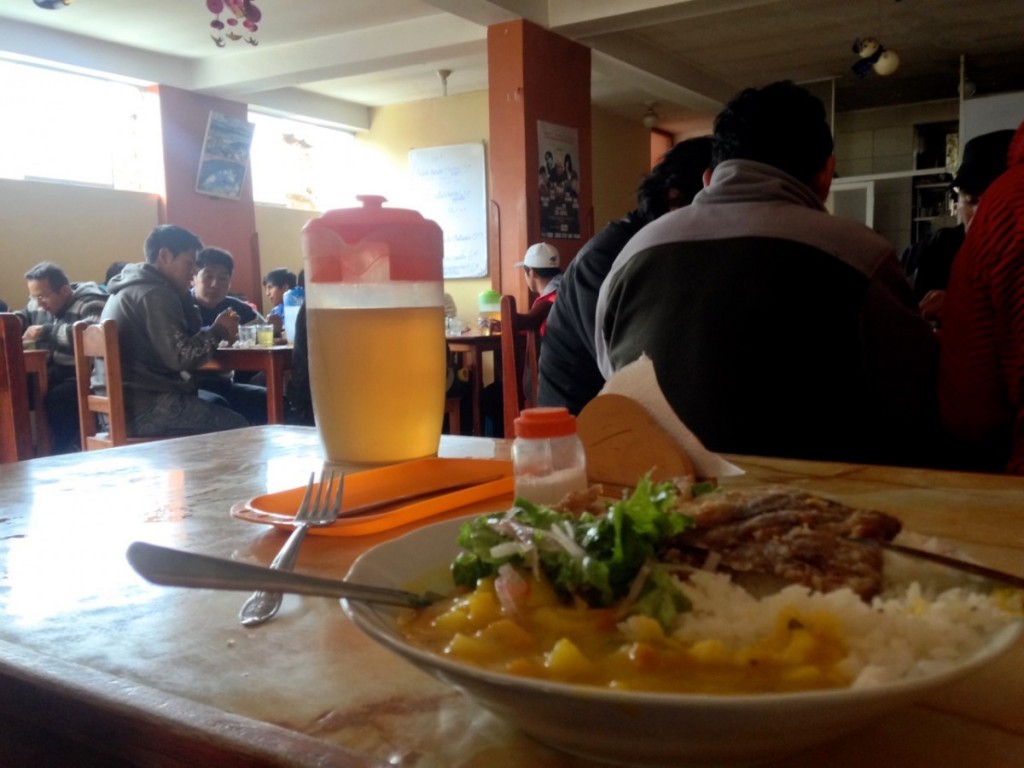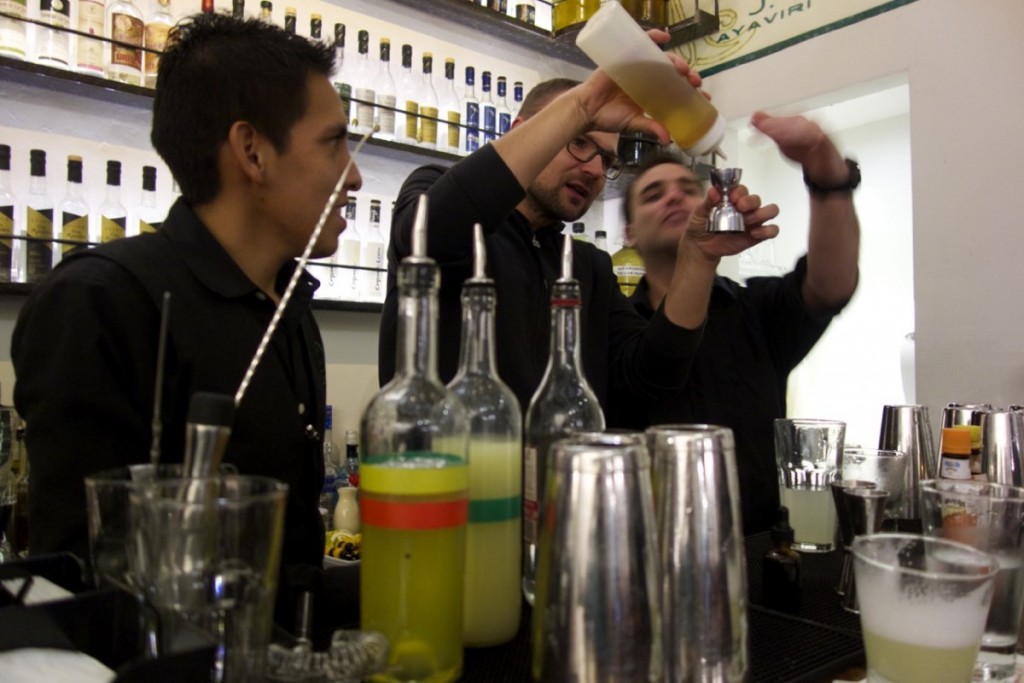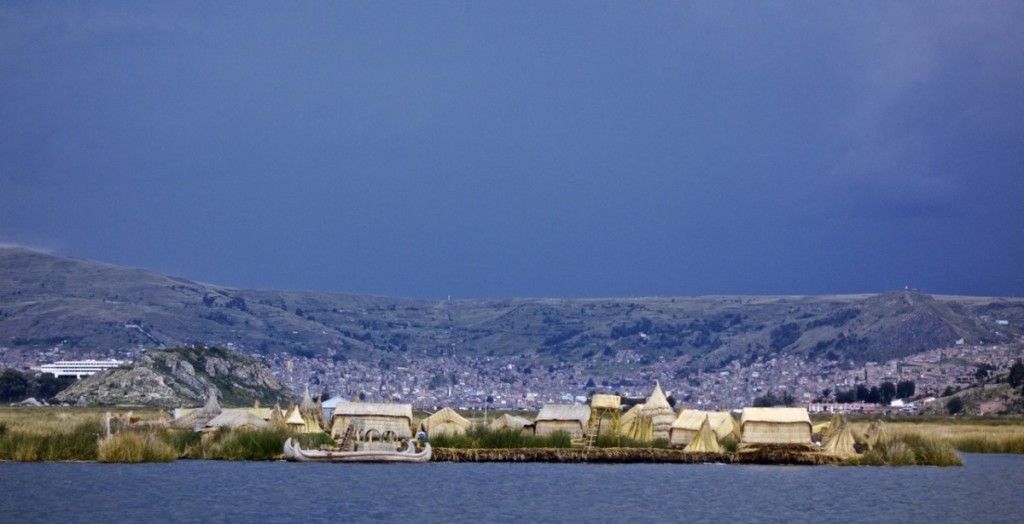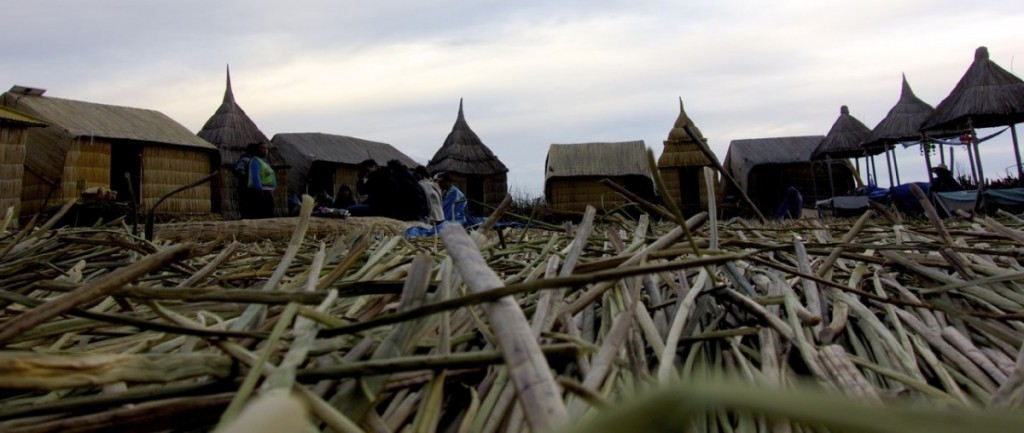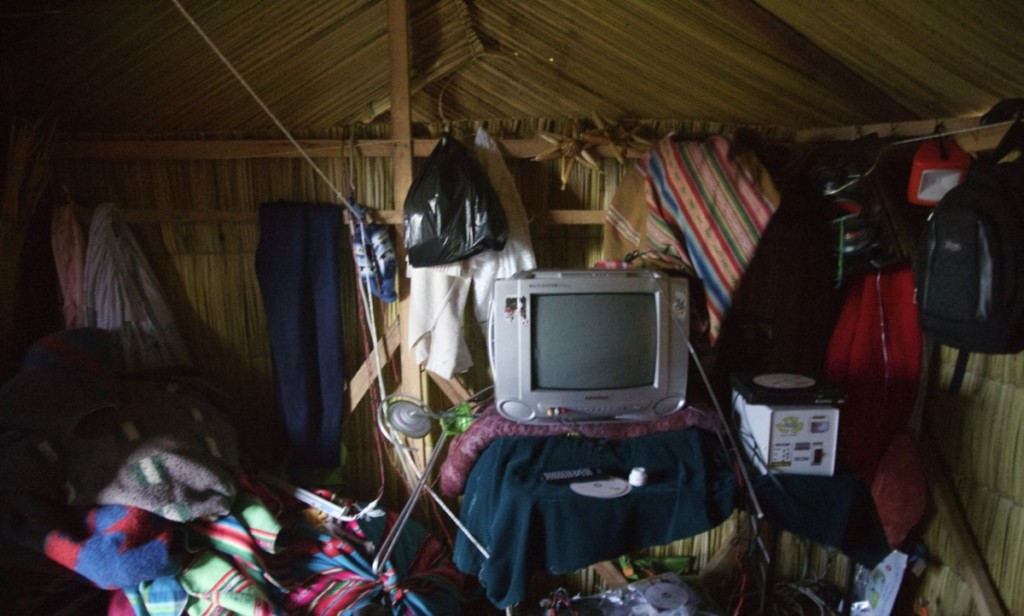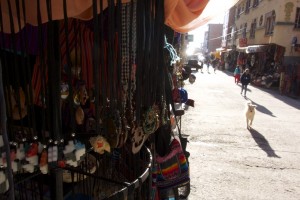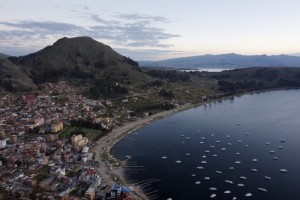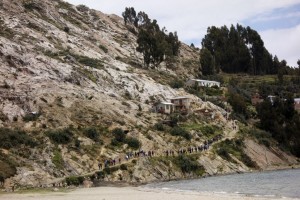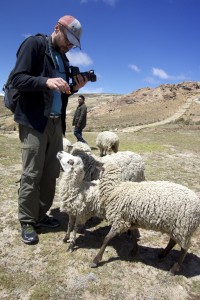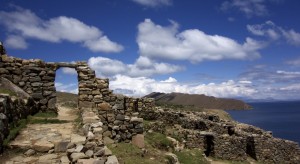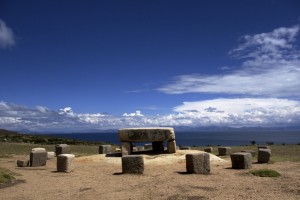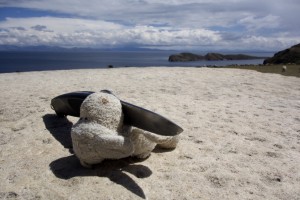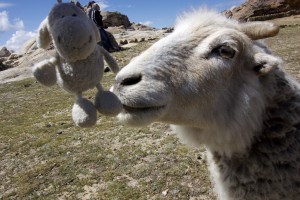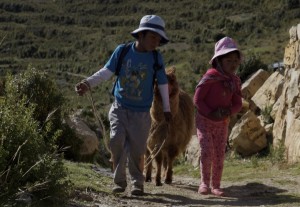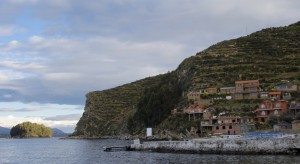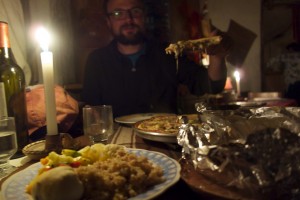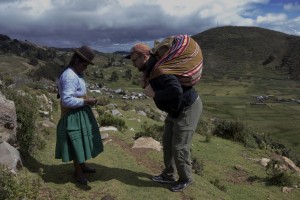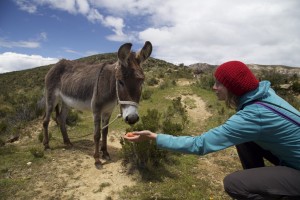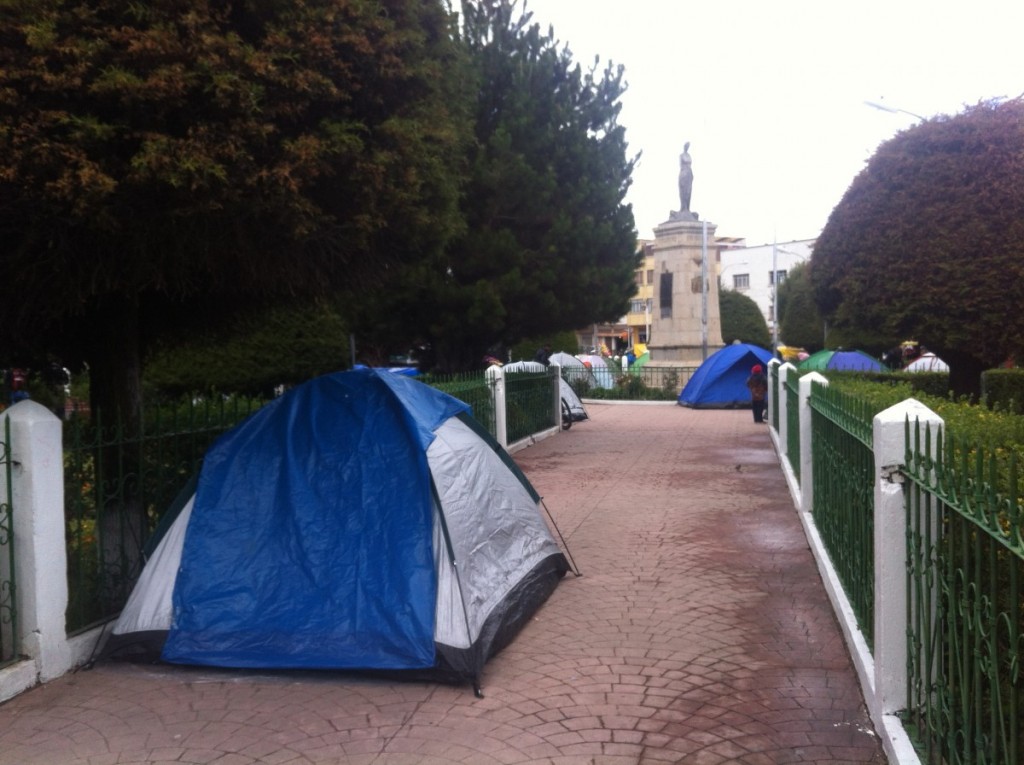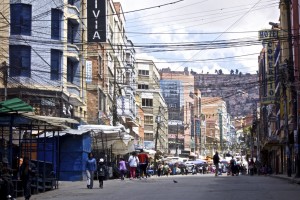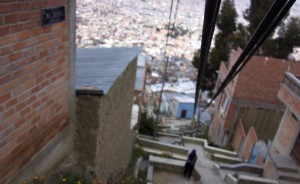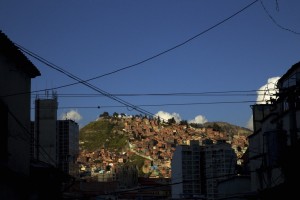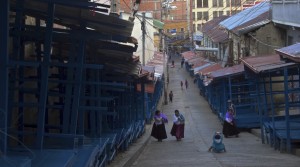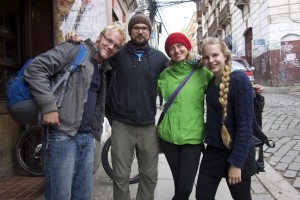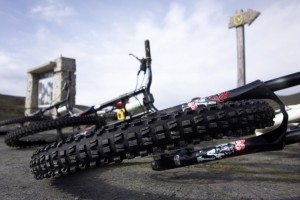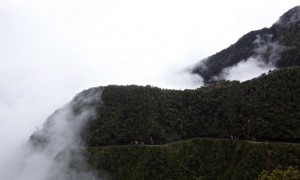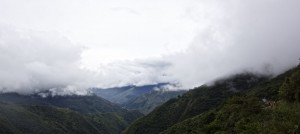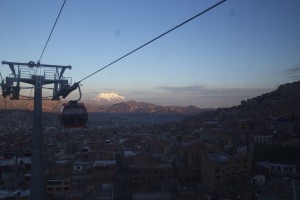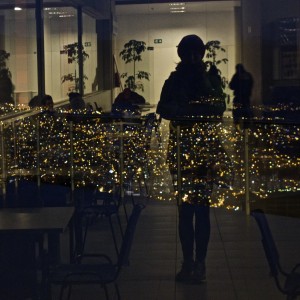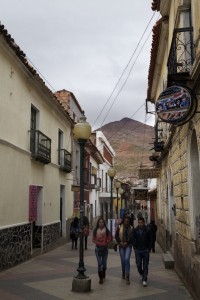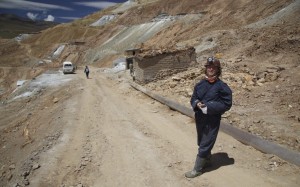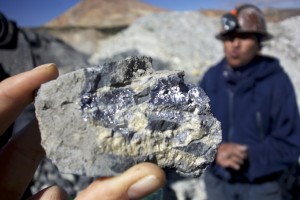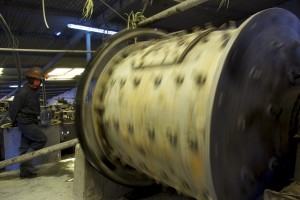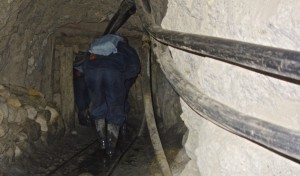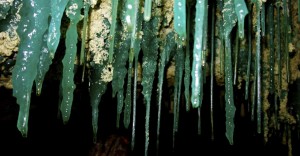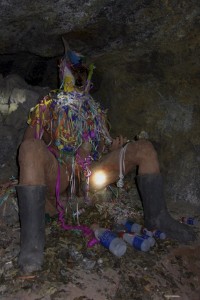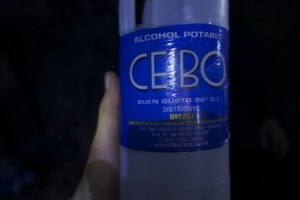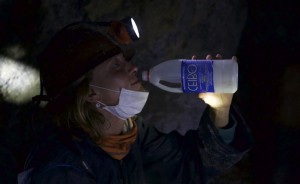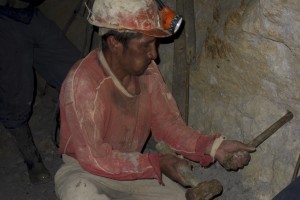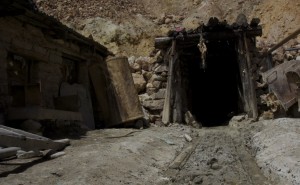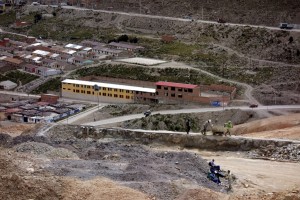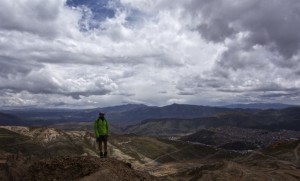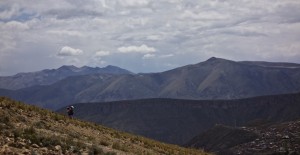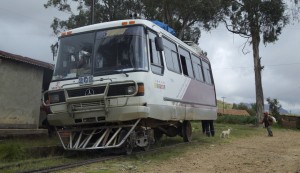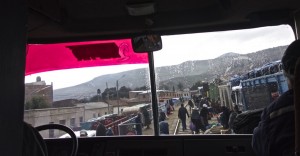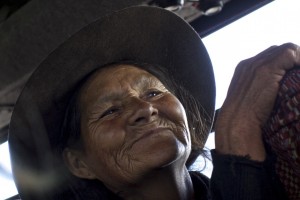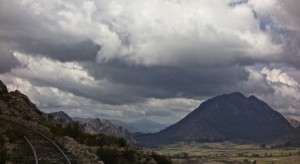Many funny things we observed in south america don’t differ so much between the countries you will get the whole collection in one rush.
Chile and Argentina, both somewhat influenced by the europeans since a few centuries kind of similar. Both countries have an amazing landscape (we only saw Argentina’s close to the chilean boarder), produce good red wine (Argentina’s is a bit better) and speak a strange version of Spanish.
1. Chilean love sugar, so much that they even sell sugar light in supermarket to reduce calorie consumption.
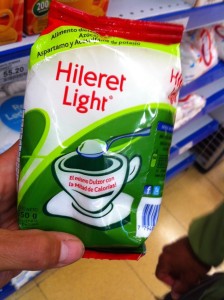
2. Chliean love color, especially in yoghurt. However the only seem to use one kind of color. Independent from the flavor all are bright pink.
3. There is no bargaining in Chile, not even on the markets. So you actual never feel cheated, but prices are higher than in the rest of South America.
4. Chilean don’t seem to have a sense of weight. While everybody tries to reduce weight while hiking, they even carry 1.4 kg heavy cookers around.
5. Steak is so popular in Argentina that the only kind of knives in Hostels are actual steak knives. It gave us a hard time to spread the butter on bread.
6. Argentines love their dulce de leche (some weird mix of caramelised milk and sugar) and put it into everything. I don’t like it but since it’s usually very brown I regularly misjudge it as chocolate.

I find it quite significant that the ice cream shop offers two kind of chocolate but four kind of dulce de leche ice cream.
7. Argentina is surprisingly expensive. Knowing about the unofficial dollar blue rate of 12.5 compared to the official 8.7 really saved us some money.
8. Argentines have a great relation to plastic bags. Every single person in the queue in front if me brought a fabric bag to carry their groceries home.
9. Siesta is still written in big letters in Argentina, causing two stupid looking persons in front of a supermarket more than once.
10. This is one for Nanna. Argentines are wild with Fernet, mostly Fernet Branca. They drink it for every occasion and mix it even with coke.
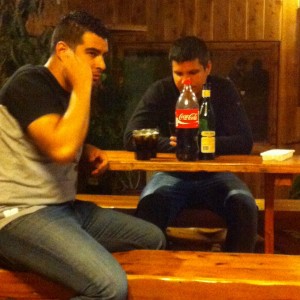
11. We never figured out for which reason but ham and cheese are really popular ingredients in the Chilean and Argentina cuisine. You get it with the scrambled egg in the plan, on sandwiches, in empenadas, on top of what they call Milanesa (in principle Wiener Schnitzel) or just pure.
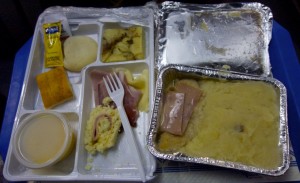
12. Chileans knock on toilet doors. What a great habit, than just pushing down the toilet handle.
13. Surprisingly Argentina is the first country that really did something against plastic bags, so most people actually bring fabric bags for shopping. I like!
14. Despite the fact, that coffee is produced in south america they don’t really nurse a coffee culture. Most just dink freeze dried coffee with lots of sugar. but I kind of like the teabag version. Really handy in busses.
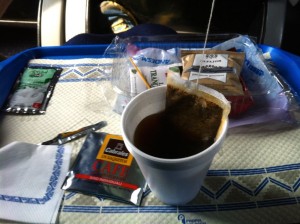 15. Of course they love soccer and are so proud. Even the screens in underground stations allow you to keep track off the doing of your favourite team.
15. Of course they love soccer and are so proud. Even the screens in underground stations allow you to keep track off the doing of your favourite team.
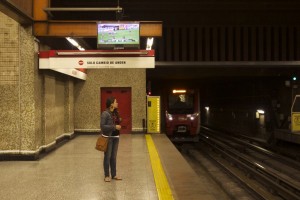
Bolivia is so very different form Chile and Argentina. It’s characterised by the Andes (that maybe the european settlers just didn’t bother to cope with) and what they call the andean folk.
15. The andeans are very fond of highly colored sugary jellies which are selled everywhere.
16. Andeans probably invented shawls for carrying baby’s. Even tough they have a different understanding of how the kid should be carried than Europeans.
17. 60-70% of the inhabitants are indigenous and many especially women still practice the traditional clothing and hair style (long black braided plaits with some kind of deco).
18. Quinoa, the superfood of the western world is what have been oats for us. A cereal with a high protein content but nothing special. Because nearly all is exported, nowadays the average Bolivian can’t afford to buy quinoa but is eating rice instead.
19. Working kids, on the streets, in the markets and even in the mines is a sight you have to cope with while traveling here.
20. Plastic bags are also very famous here. They sell every kind of food in it. Juice to go comes with a straw. Food, like corn with rice and fried chicken is simply eaten directly from the bag with fingers. I even felt reminded of childhood when I found milk in plastic bags in the supermarket.

Ladies selling snacks and juices to passengers at the bus station.
21. Sometimes you get the impression time stood still for centuries in this country, when you observe the high technology used to get things done. But hey things like juice presses work and can easily be fixed with a wrench.
22. For what ever reason many Bolivians travel with blankets. Might be because if the constantly cold temperatures in places at 3500-4000m or simple the cheaper version of a sleeping bag.
23. Bolivians are big fan of whatever pooped grain. On every market you will find several options and bags are sold for cents or in supersize me versions.
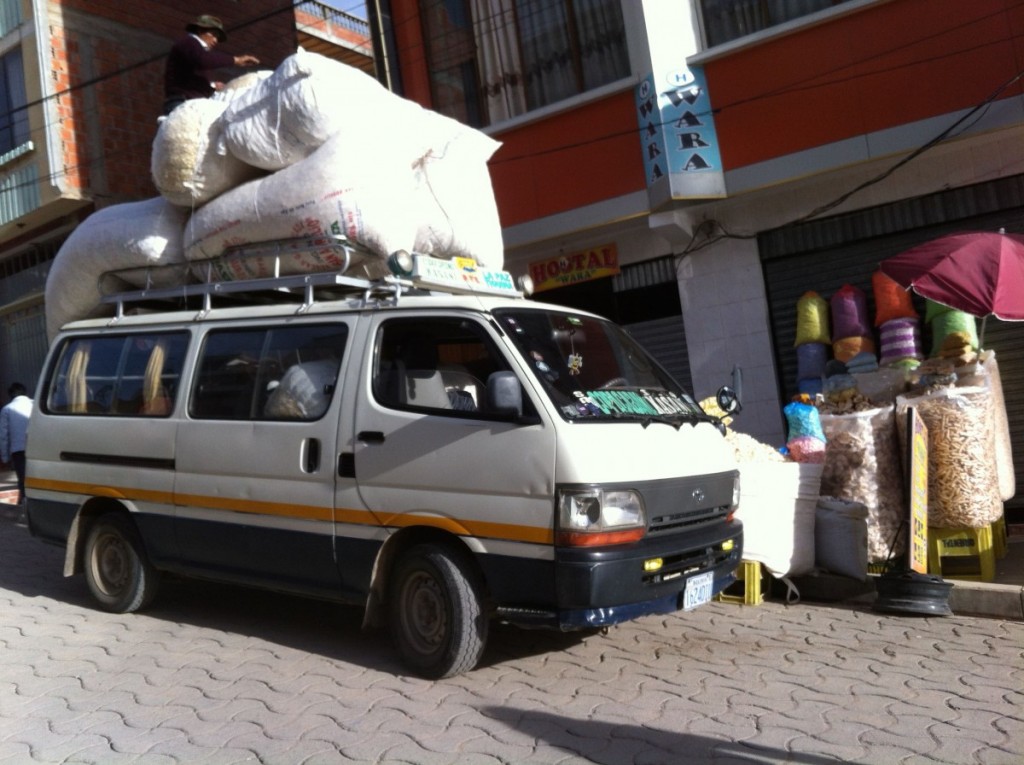
Popped corn delivery to a kiosk in Copacabana.
24. If you ever travel in Bolivian busses or Peruvian boats you should remember what Nr. 1 and Nr. 2 is. Both countries refer to pee whit Nr. 1 and to poo with Nr. 2.
25. Potatoes are vegetables! So when you order a Bolivian dish you will get meat, rice and vegetables (usually remind a lot of French fries).
In many ways the andean live in Peru is a lot like in Bolivia, even though they already know more about tourists (in good and bad ways) and their food is a lot better. But there are a few things we only found in this country.
Peru
26. Chewing coca leaves and drinking coca tea is legal in Chile, Bolivien, Peru and Columbia and an integral part of the andean culture. We also had them due to their supposed effect against altitude symptoms. Hope we don’t get into any drug test soon 😉 (trace amounts of cocaine can be found in urine after chewing coca leaves).
27. Transportation of nearly everything in busses is very popular. If they can, they even take dressers on board. In that case they couldn’t and had to leave it behind.
28. I guess the lable „Inca“ equals good quality. At least they put it on everything. By the way Inca Cola was the only softdrink CocaCola could never compete with in Peru. So they simply bought the company.
29. And if the peruvians can something than thats slides. They are huge and they are everywhere.

Just the small backyard version.
